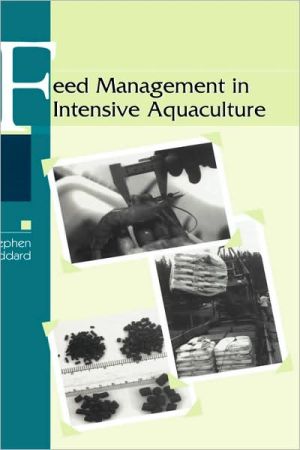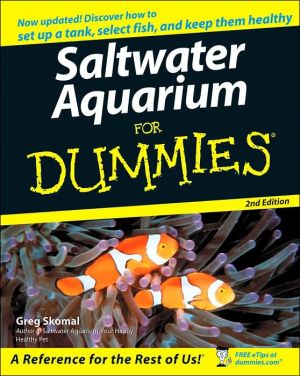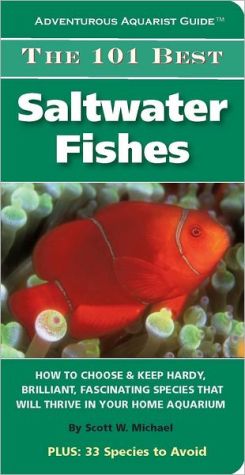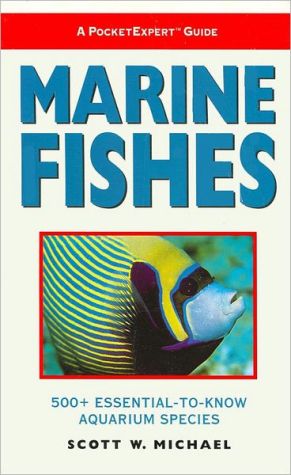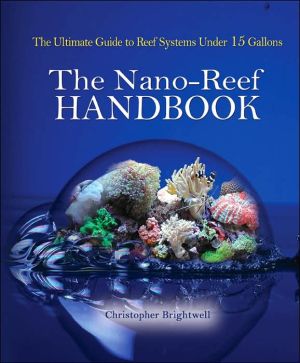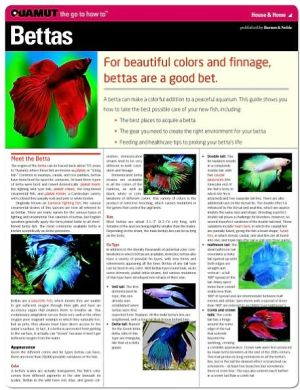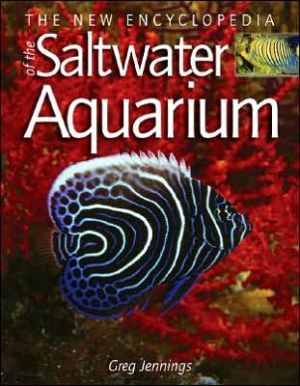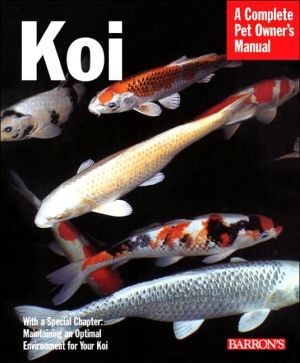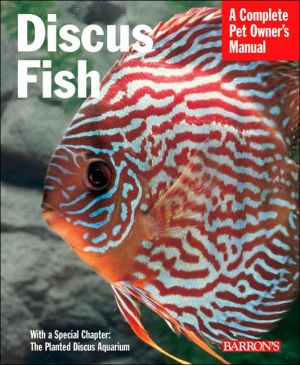Feed Management In Intensive Aquaculture
This book is a guide to the management and use of formulated feeds in semi-intensive and intensive fish and shrimp culture. Feeds represent the major variable operating costs in intensive aquaculture, and optimizing their use represents an opportunity for many farmers to increase or maintain the profitability of their enterprise. Fish farmers have an ever widening range of feed types and feeding methods from which to choose, and must carefully monitor the use of feeds in order to control...
Search in google:
This book is a guide to the management and use of formulated feeds in semi-intensive and intensive fish and shrimp culture. Feeds represent the major variable operating costs in intensive aquaculture, and optimizing their use represents an opportunity for many farmers to increase or maintain the profitability of their enterprise. Fish farmers have an ever widening range of feed types and feeding methods from which to choose, and must carefully monitor the use of feeds in order to control costs. This book includes details of those biological, environmental, and nutritional factors which influence the feeding, growth and survival of fish and shrimp, and of which some understanding is essential in the establishment of effective feeding practices. Details are given of feed handling and storage methods, and the various methods available for feeding fish are described and their relative methods appraised. Methods for selection of the appropriate feed types, ration sizes, and feeding schedules are included, and details given of how to measure performance of feeding programs. Throughout the text reference is made to key areas of current research, and examples are drawn from different sectors of the industry to illustrate the general principles of feed management. Booknews While the focus is on the use of commercially produced feeds in intensive production systems, many of the practical issues covered will be of interest to farmers who make their own feeds in less intensive systems. Emphasis is on practical issues, but insight is also given into the biological and environmental factors that underlie feeding responses. Coverage includes the relative merits of the various methods of feed selection, handling, and storage, and details of how to measure the performance of feeding programs. Does not describe in detail the feeding regimens used for any particular species. Annotation c. Book News, Inc., Portland, OR (booknews.com)
PrefaceAcknowledgments1Feed in Intensive Aquaculture12Feeding and Diet233Dietary Requirements354Feeding, Temperature, and Water Quality515Feed Types and Uses756Feed Handling and Storage997Feeding Methods1178Feed Rations and Schedules1399Performance Measures15910Cost Factors181Index189
\ BooknewsWhile the focus is on the use of commercially produced feeds in intensive production systems, many of the practical issues covered will be of interest to farmers who make their own feeds in less intensive systems. Emphasis is on practical issues, but insight is also given into the biological and environmental factors that underlie feeding responses. Coverage includes the relative merits of the various methods of feed selection, handling, and storage, and details of how to measure the performance of feeding programs. Does not describe in detail the feeding regimens used for any particular species. Annotation c. Book News, Inc., Portland, OR (booknews.com)\ \
